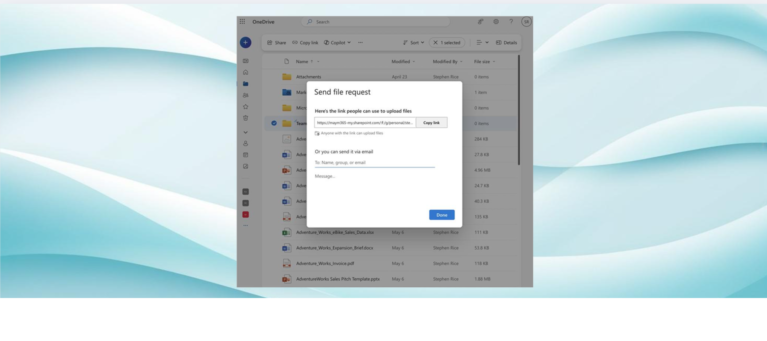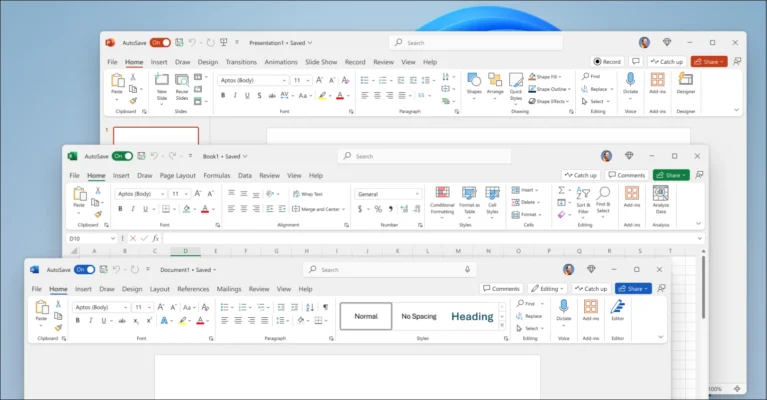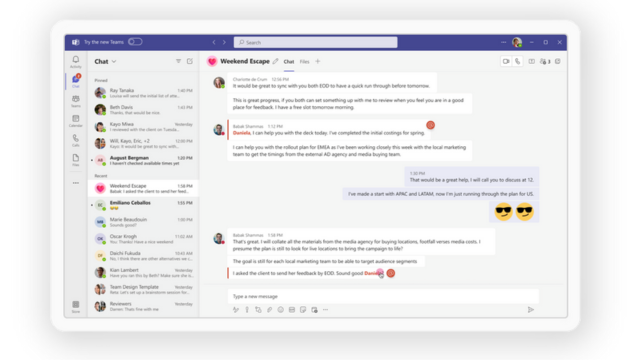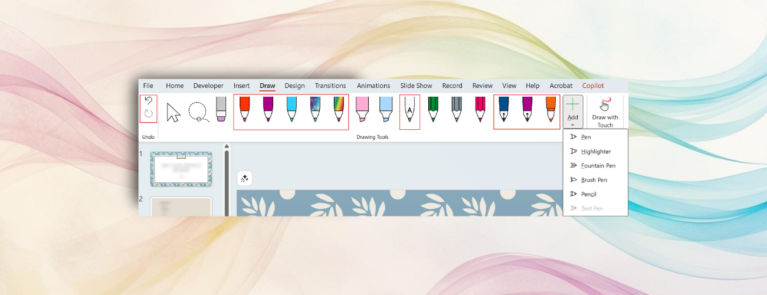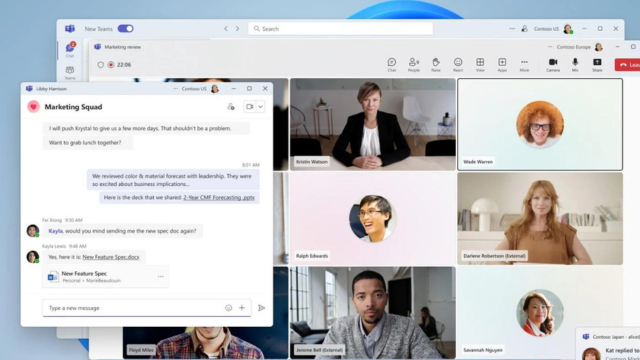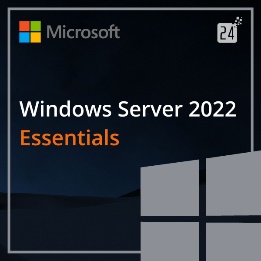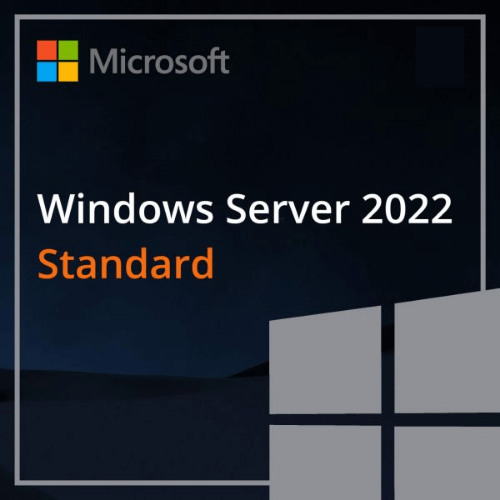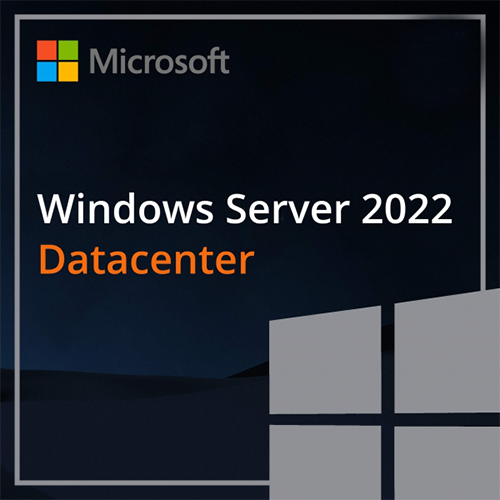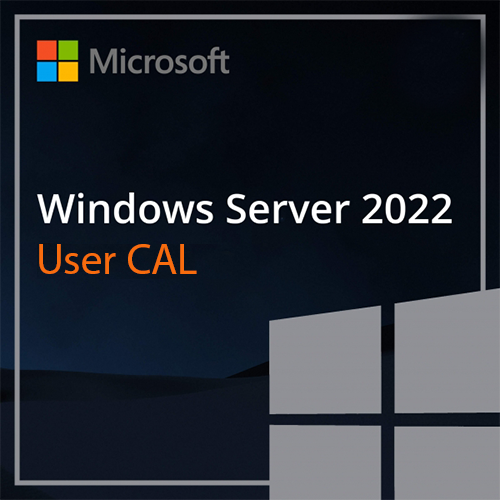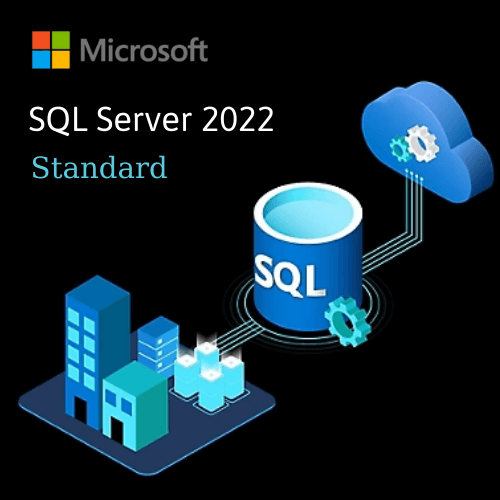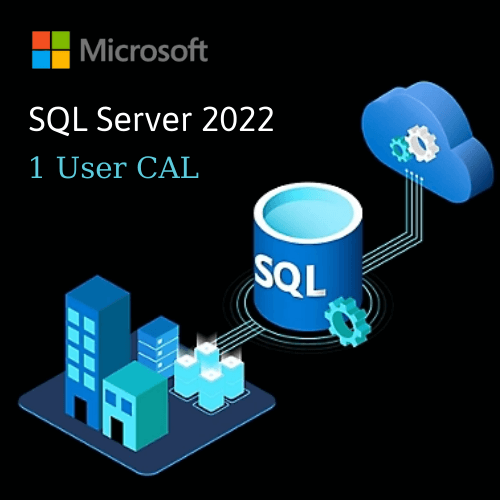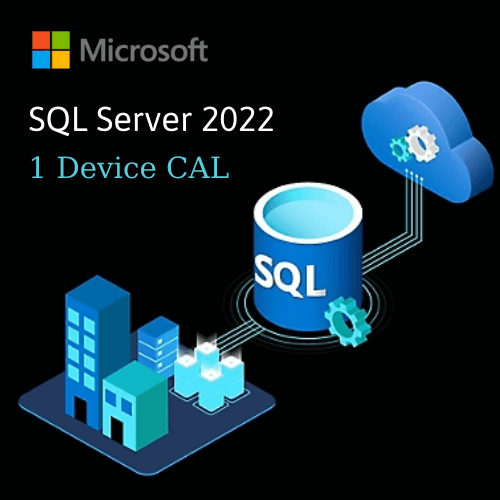Small and medium-sized businesses recognize that security is important, but they often don’t have the capacity or expertise to have a dedicated security operations team. These customers often need help with setup and configuration, managing security for their devices and network, and addressing alerts or detected threats. Microsoft partners can help!
If you’re a Microsoft partner, and you’re working with customers who have or need Microsoft Defender for Business, Microsoft 365 Business Premium, Microsoft Defender for Endpoint, or Microsoft 365 E3, this article is for you!
Download our security guide and checklist (NEW!)
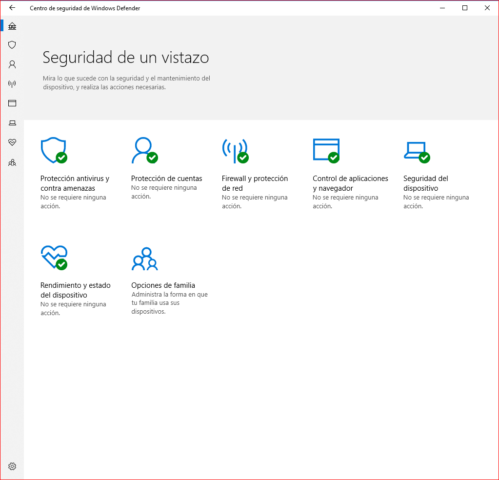
The practical guide to security using Microsoft 365 Business (Basic, Standard, and Premium) guide is intended to start discussion around your customers’ security and compliance options with Microsoft 365 for business. One of the first and most important things that IT leaders and business leaders can do is talk through the possibilities. This guide can help facilitate those discussions. You can also download a summary checklist to use as a companion to the guide.
Use this guidance to:
- Adopt a formal, vendor-agnostic cybersecurity framework.
- Create a plan that includes identity management, admin accounts, device management, licensing, and more.
- Set up, configure, use, and maintain Microsoft 365 Business Premium, step by step.
- Implement and use data protection capabilities, such as sensitivity labels and DLP policies.
- Work with advanced capabilities, such as increased security, identity protection, and email & apps protection.
Integrate Microsoft endpoint security with your RMM tools and PSA software
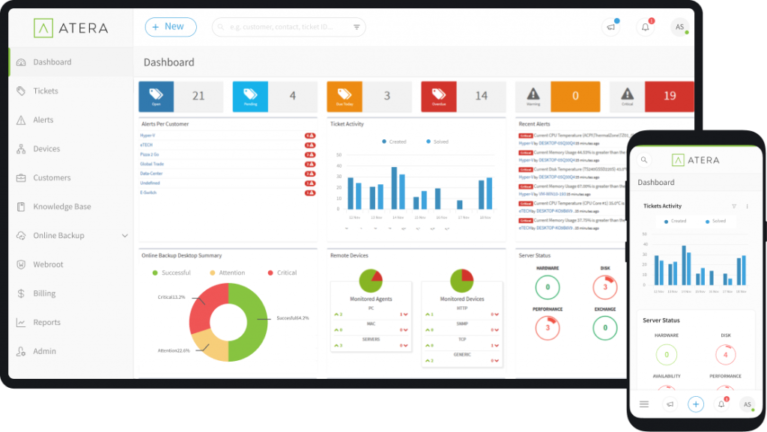
If you’re a Microsoft Managed Service Provider (MSP), you can integrate Microsoft endpoint security with your remote monitoring and management (RMM) tools and your professional service automation (PSA) software so that you can:
- Get access to your customers’ Microsoft 365 Defender portal to address detected threats and incidents.
- Get email notifications about new alerts or vulnerabilities across your customers’ tenants.
- Fetch and view incidents and alerts with your security information and event management (SIEM) tools.
- Orchestrate remediation actions, such as approving actions following automated investigations, or taking manual response actions on a device.
Use Microsoft 365 Lighthouse to secure and manage your customers’ devices and data

If you’re a Microsoft Cloud Solution Provider (CSP) or MSP, you can use Microsoft 365 Lighthouse to help your customers manage their security settings and capabilities, and protect their data and devices. You can use Microsoft 365 Lighthouse to:
- Manage your customers’ security settings and capabilities.
- View and manage detected threats across your customers’ tenants.
- Initiate antivirus scans on customers’ devices to keep them up to date and protected.
Source: Microsoft
Contact us for free and detailed advice:

